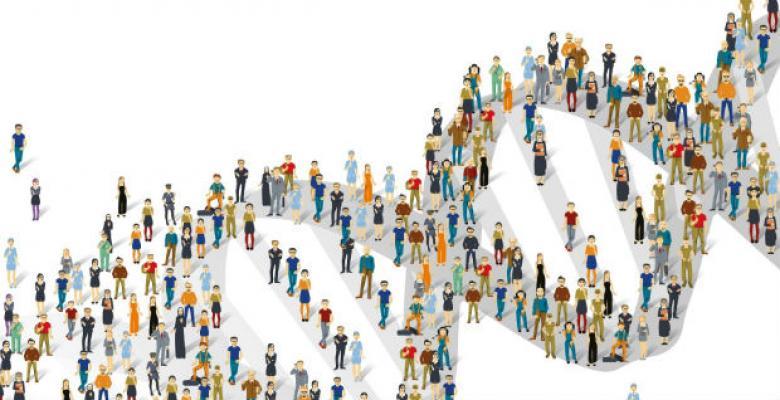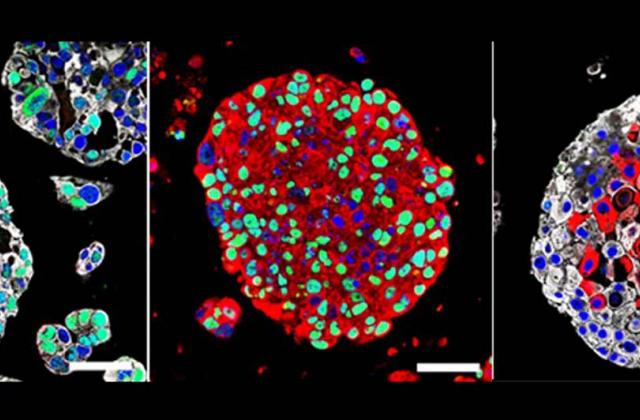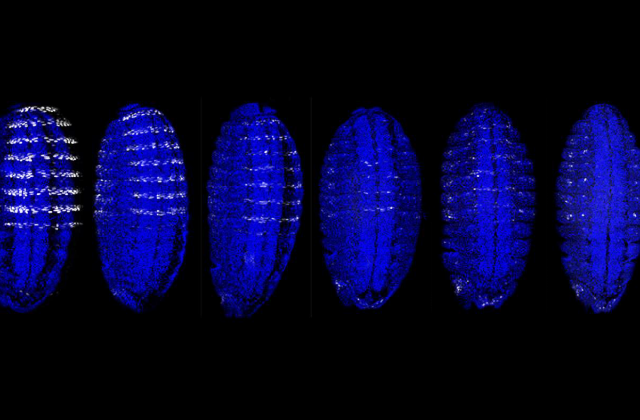Why do genetic mutations cause disease in some people but not in others?

Two Columbia researchers have tackled one of biology’s long-standing mysteries: why people with identical genetic mutations can have different levels of severity of a disease—or not have it at all. Systems biology assistant professor Tuuli Lappalainen and post-doctoral research fellow Stephane Castel discovered that disease risk is not only determined by variation in genes that code for a particular disorder (coding variants), but also by differences in genes that regulate gene activity (regulatory variants).
“Our findings suggest that a person’s disease risk is potentially determined by a combination of their regulatory and coding variants, and not just one or the other,” said Lappalainen. “We have merged these two fields into one clear hypothesis that uses data from both of them, which was fairly unheard of before.”
The researchers first studied the interactions between coding and regulatory variants in a population without severe genetic diseases and determined that a combination of these two factors protected against disease. Then, they turned to a disease-specific population of patients and found that, for cancer patients and individuals with autism, a combination of coding and regulatory variants increased disease risk.
Next, Lappalainen and Castel designed an experiment using genome editing technology that showed that the regulatory variant modified the effect of the coding disease-causing variant. “The long-term goal of the research is better prediction of whether an individual is going to have a disease using their genetic data by integrating the regulatory and coding variants,” Lappalainen said. Learn more.
Make Your Commitment Today




